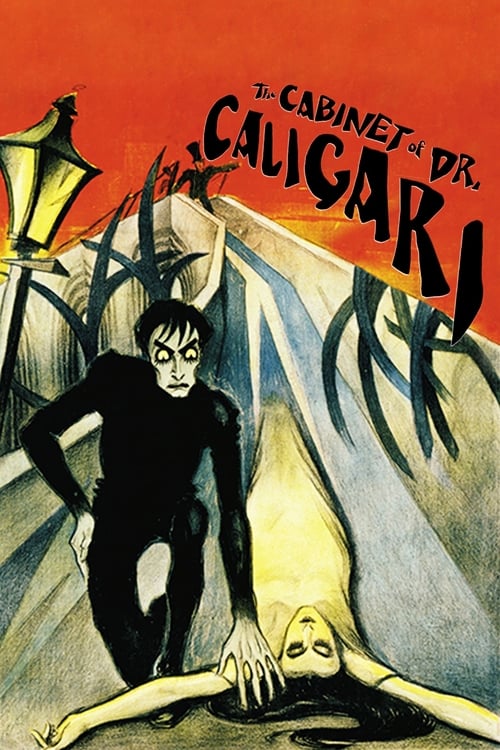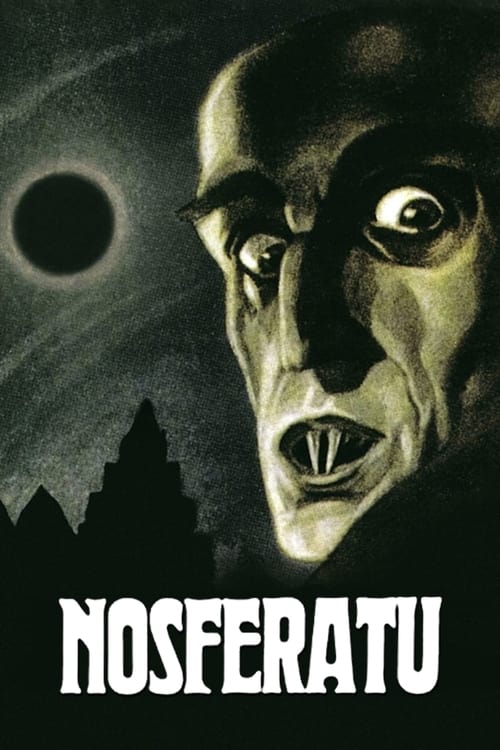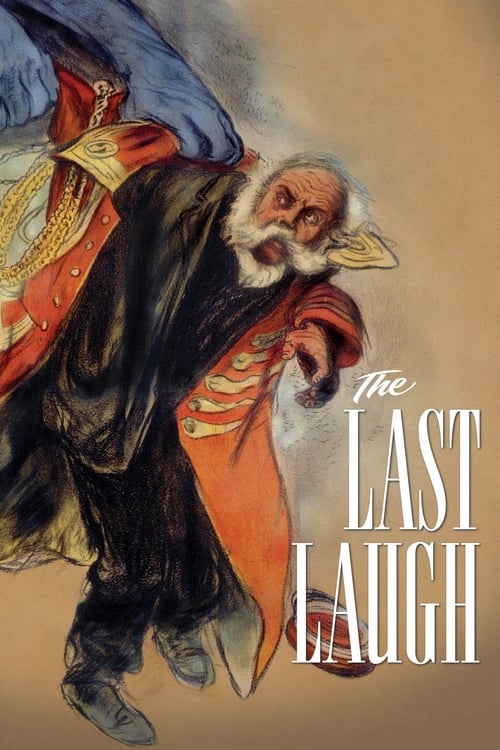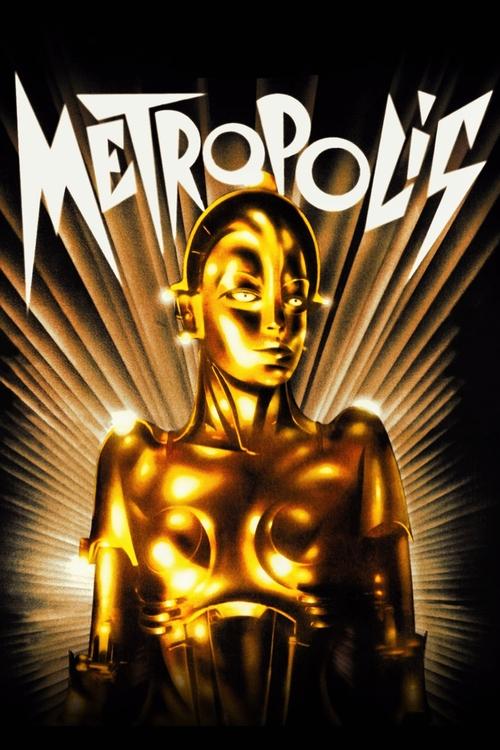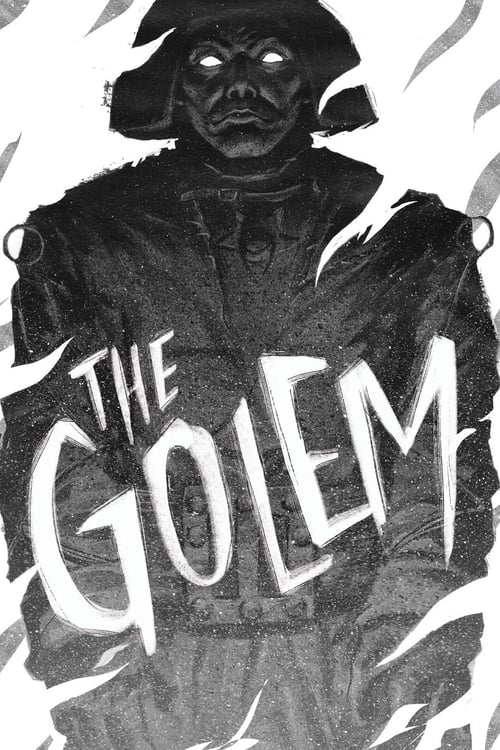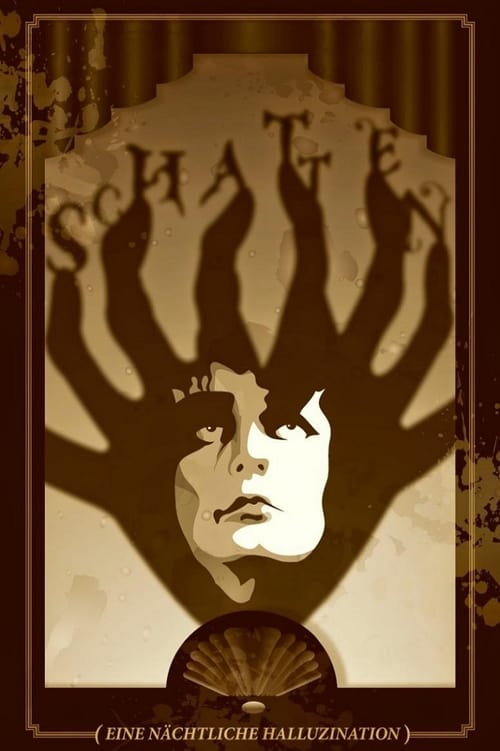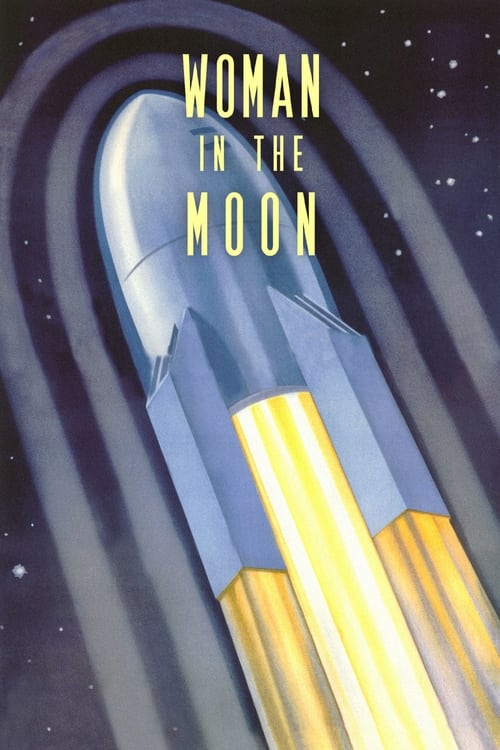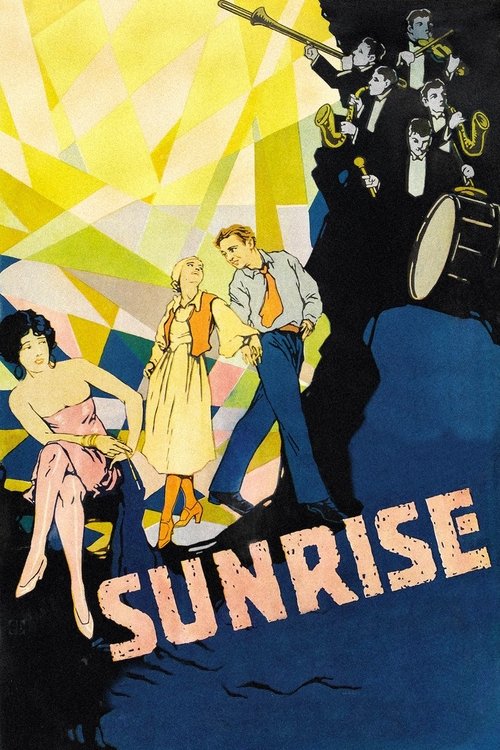German Expressionism & Silent Era
Visual psychology emerges
German Expressionism revolutionized cinema by transforming psychological turmoil into visual architecture, creating a haunting aesthetic language that continues to influence filmmakers today.
Emerging from the devastation of World War I, German Expressionism reflected a nation's collective trauma through distorted sets, harsh lighting, and exaggerated performances. The Cabinet of Dr. Caligari (1920) marked the movement's definitive arrival, with director Robert Wiene employing painted shadows, angular architecture, and deliberately unrealistic backdrops to create a nightmarish landscape matching its protagonist's fractured psyche. Production designers Hermann Warm, Walter Reimann, and Walter Röhrig crafted sets that defied natural geometry, establishing the movement's signature visual style where internal emotions manifested as external environments.
Cinematographers like Fritz Arno Wagner pioneered techniques that would define film noir, particularly in his work on F.W. Murnau's Nosferatu (1922). The film's use of negative space, dramatic shadows, and unusual camera angles created a visual vocabulary for horror cinema that persists today. Karl Freund's revolutionary camera movements in The Last Laugh (1924) demonstrated how technical innovation could express psychological states, with his "unchained camera" technique following Emil Jannings' character through fluid tracking shots that conveyed both physical and emotional instability.
Fritz Lang's Metropolis (1927) represented the movement's apex, combining expressionist visual techniques with monumental scale to critique modern industrialization. Cinematographer Karl Freund and art director Otto Hunte created vast cityscapes that physically embodied class stratification, with workers confined to underground geometrical hells while elites inhabited art deco heavens. The film's influence extends beyond cinema into architecture, graphic design, and science fiction, establishing visual tropes that would influence everything from Blade Runner to Batman's Gotham City.
Expressionist acting techniques developed by performers like Conrad Veidt emphasized exaggerated gestures and facial expressions that complemented the distorted visual environments. In The Hands of Orlac (1924), Veidt's performance as a pianist who receives a murderer's hands in a transplant demonstrates how movement itself could express psychological torment. Director Robert Wiene worked with choreographers to create a gestural language that merged theatrical tradition with cinematic innovation, influencing performance styles well into the sound era.
The movement's influence spread globally as German filmmakers fled Nazi persecution in the 1930s. Cinematographers like Karl Freund brought expressionist techniques to Hollywood, directly influencing Universal's horror cycle and film noir. Directors like Alfred Hitchcock, who studied German cinema while making his early British films, incorporated expressionist principles throughout his career. The psychological use of architecture and lighting can be traced through film noir, horror, and contemporary psychological thrillers.
More Ideas

Faust
(1926)
Murnau's expressionist interpretation of the classic legend
Streaming on Criterion Channel

Waxworks
(1924)
Anthology film showcasing various expressionist techniques
Streaming on YouTube
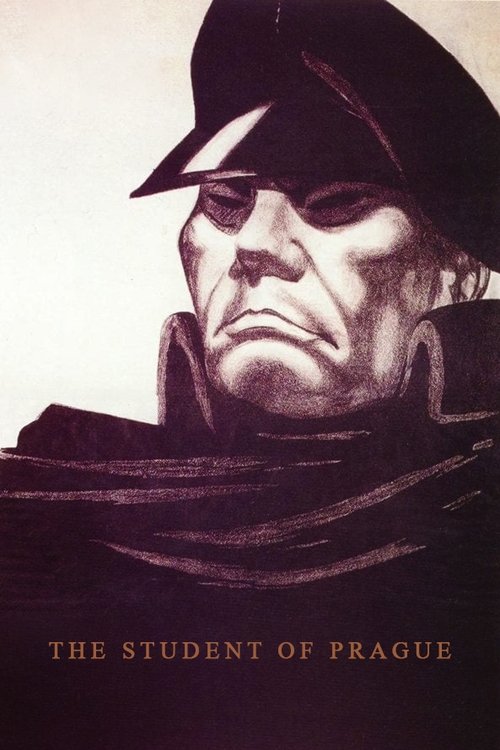
The Student of Prague
(1913)
Early example of expressionist psychological themes
Streaming on Public Domain
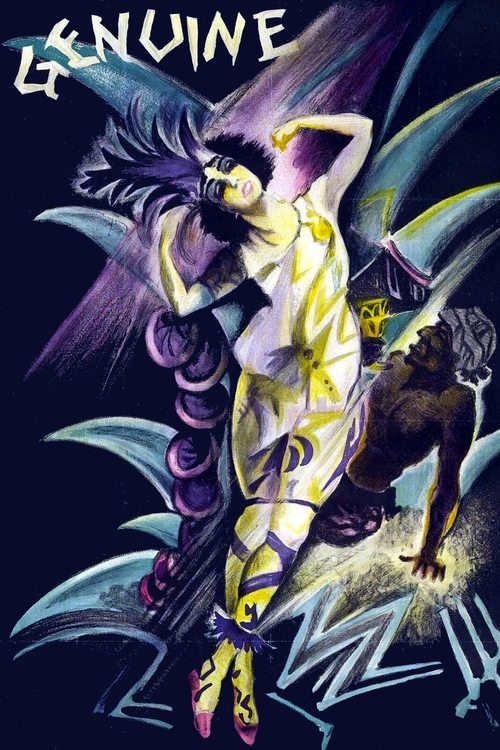
Genuine
(1920)
Robert Wiene's follow-up to Caligari, featuring similar visual style
Streaming on Criterion Channel
More from Movements in Film
French New Wave: Breathless Revolution
Godard and Truffaut's innovation
Italian Neorealism: Truth in Cinema
Post-war authenticity
British Kitchen Sink & Social Realism
Working class stories
Japanese New Wave: Oshima & Imamura
Breaking tradition
Czech New Wave: Behind Iron Curtain
Political allegory and freedom
German New Cinema: Herzog & Fassbinder
Post-war artistic renewal
